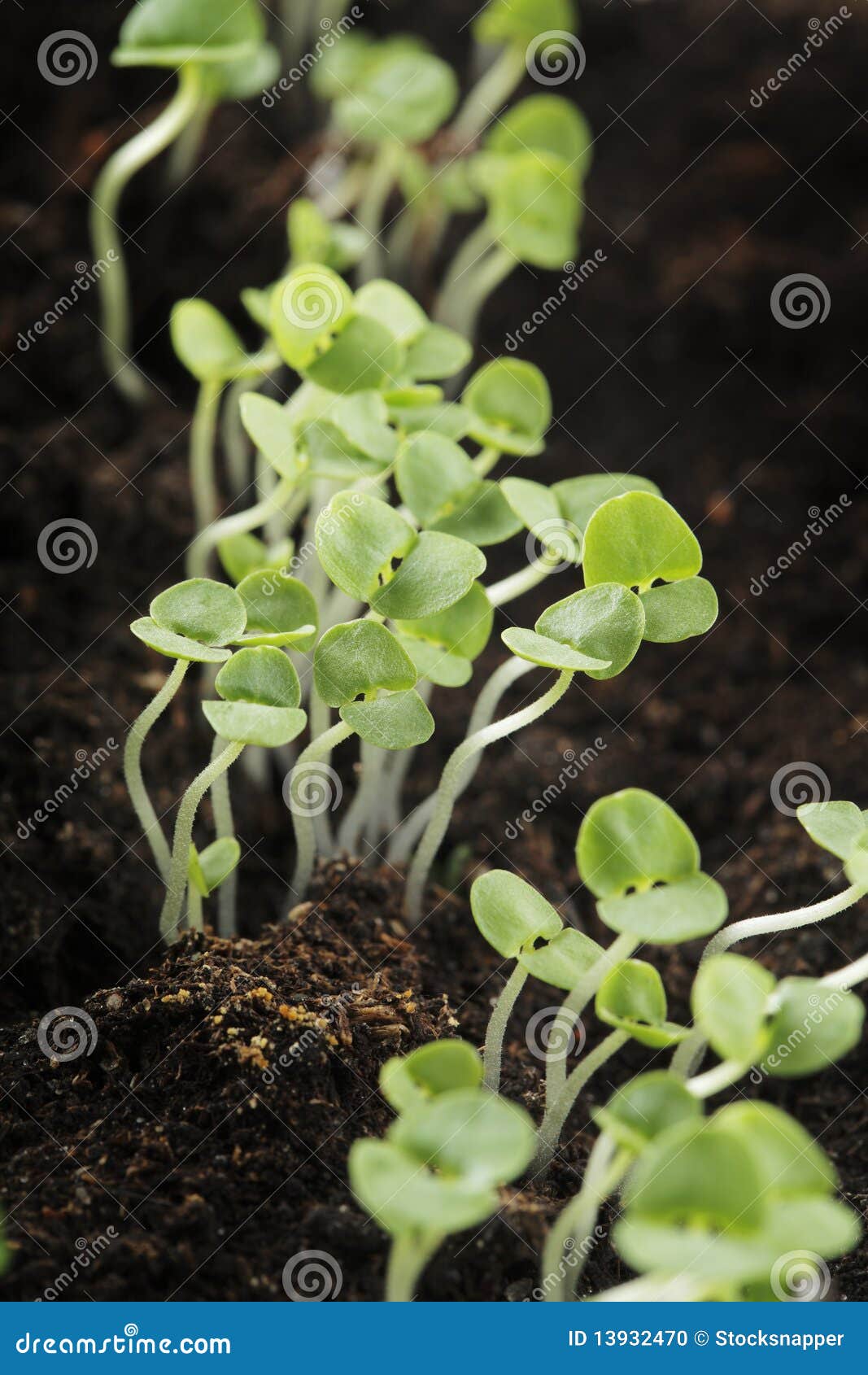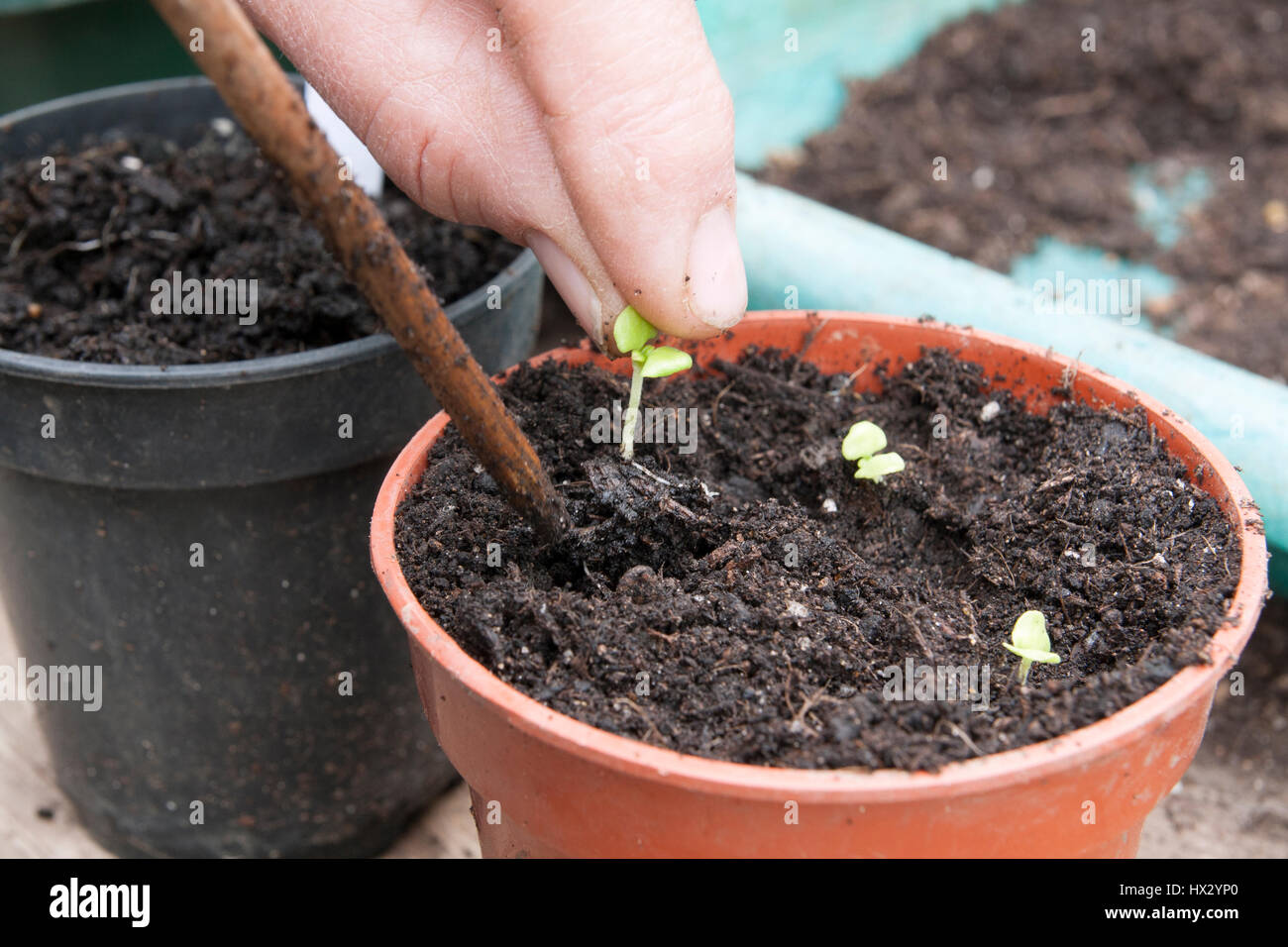


BASIL SEEDLINGS CLUMP TOGETHER FULL
Plant dill in full sun–6 to 8 hours each day.Read our article on overwintering basil for more tips. Perennial basil does not feel comfortable at temperatures below 10☌, so keep it in a bright, sunny location, and find a bright and warm spot when you bring it indoors in winter. It is better to pot perennial basil varieties, as this is the only way they can be overwintered. Then pot each basil clump in a separate pot with fresh compost. To do this, carefully loosen the root system with your fingers and divide the clump in two. For this reason, it helps to take the plants out of their pots and thin them. This means that the individual plants do not have enough space, and their leaves lack sufficient light. Potted basil will need a little more attention than bedded basil, because basil sold in pots is usually sown far too densely. Supermarket-bought basil is usually in a pot that is too small – so it is better to repot the plants Water and fertilise your potted basil regularly. However, do bear in mind that the root system of potted basil is restricted, so the plant has less access to nutrients and water than bedded basil. You can care for potted basil in much the same way as you would bedded basil. Do not over-prune perennial varieties in winter.Do not pick individual leaves, but cut off the entire shoot tip.Only cut back perennial basil varieties in winter for harvesting purposes, as they won’t grow much in winter. Basil should always be cut just above a pair of leaves to ensure a healthy growthĪs with other plants, use clean and sharp tools when harvesting to reduce the risk of invading pathogens. Always cut back basil shoots just above a pair of leaves, at no more than 5cm in height. As such, be sure to cut off shoots that are about to flower. This will promote branching and suppress flower formation, which is important, because basil stores bitter substances in its leaves during flowering and dies afterwards. Generally, basil is very tolerant to pruning, so don’t hold back! Do, however, avoid picking off individual leaves, as this will stunt the shoots. With the help of microorganisms, the fertiliser granules will break down gradually in the soil and release their nutrients slowly.Īpply some more fertiliser again in early summer, and, over winter, you can add a little less, as the basil does not grow quite as much.įor more, read our article on fertilising basil. Apply an all-purpose plant food in spring – such as our Plantura All Purpose Plant Food – and work it into the top layers of soil or substrate. This can be achieved through proper fertilisation. Reduce watering during the dormant period in winterįertilising basil: What kind of fertiliser for basil plants?īasil needs a sufficient supply of nutrients to produce abundant, aromatic leaves.For potted basil, water via a tray or saucer underneath the pot.For outdoor basil, water around base of plant.To prevent disease, do not moisten the leaves.In summer, water daily if necessary to avoid drought stress.Basil needs a lot of water, but it is important to avoid waterlogging This ensures a good, gentle supply of water for your basil.

For potted basil, it is best to add water to the tray or saucer under the plant pot, so that the plant can absorb the water through its roots. But do remember: basil prefers dry foliage, as moisture on the leaves can lead to leaf spot disease, caused by a fungus of the genus Septoria. As such, make sure your herb does not wilt from dehydration, which may mean you need to water it daily, especially if it is in a pot. Similarly, unnecessary drought increases basil’s susceptibility to disease. As is the case with almost any herb, waterlogging increases the risk that your plant will die from root fungus. Fertilising basil: What kind of fertiliser for basil plants?īasil needs a lot of water to thrive, but it is important to avoid waterlogging.


 0 kommentar(er)
0 kommentar(er)
